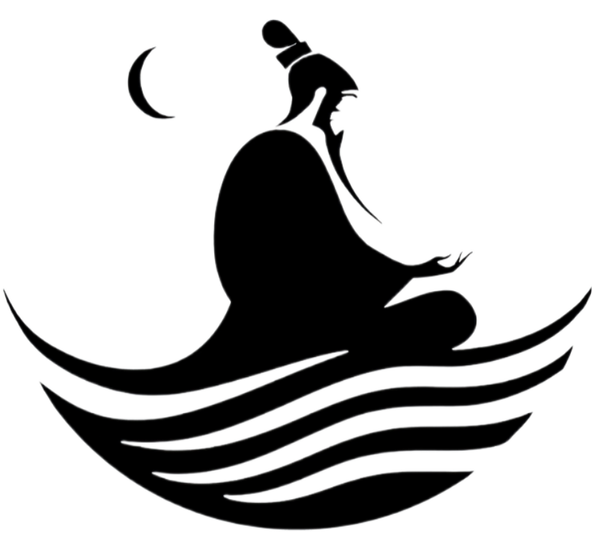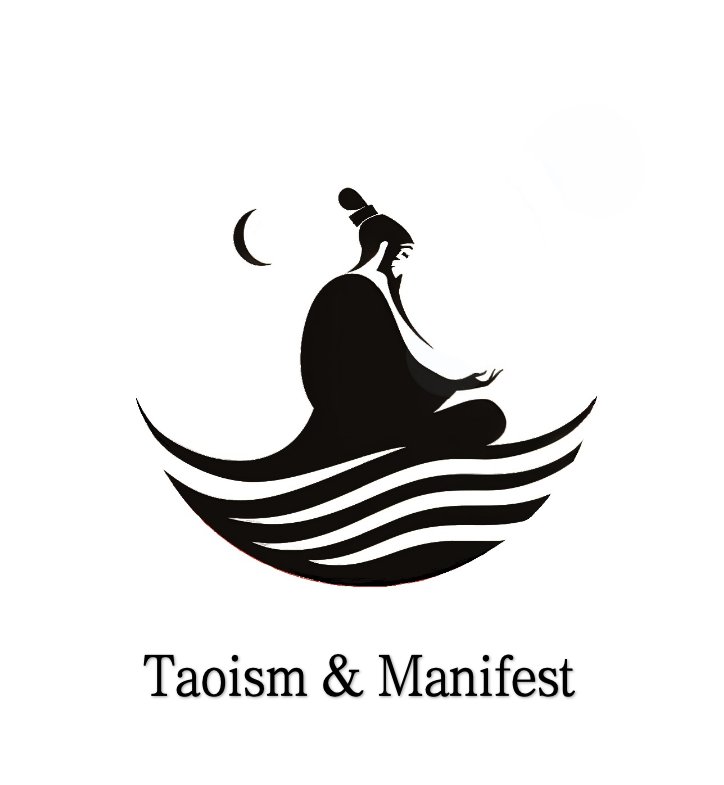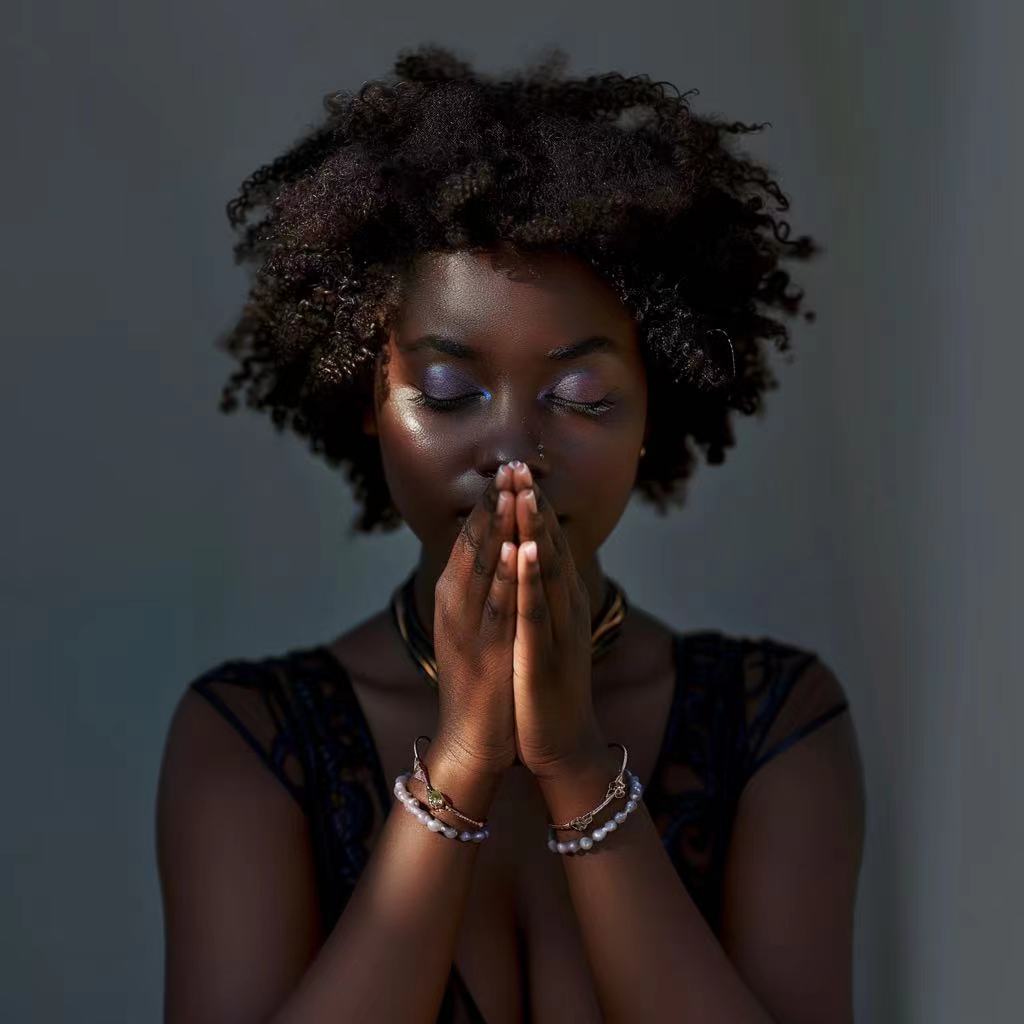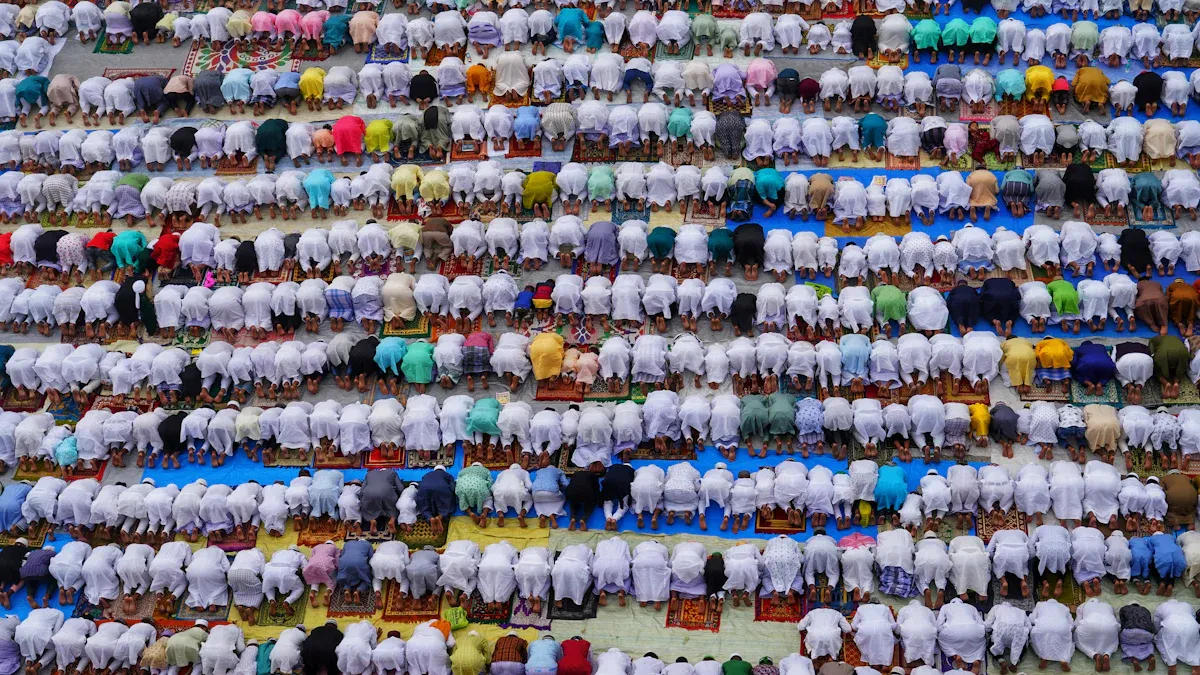
You can see prayer beads in many countries, showcasing their global influence. People in major religions like:
Christianity
Hinduism
Buddhism
Shinto
Sikhism
Baháʼí Faith
Islam
use them to pray and meditate. These beads illustrate how spiritual practices spread worldwide. They help you focus, remember your goals, and feel close to others.
Key Takeaways
Prayer beads are found in many religions around the world. People use them in Christianity, Hinduism, and Islam. They help people pray and meditate.
Prayer beads have been used for thousands of years. This shows they are important in many cultures for spiritual practices.
Today, prayer beads are not only for religion. Many people use them to be mindful and to feel less stressed. Some use them to help themselves grow.
Global Influence and Origins
Early History
Prayer beads have been around for thousands of years. Long ago, people used beads for decoration and for spiritual reasons. In Africa, archaeologists found ostrich shell beads from 10,000 BC. In Greece, a painting from Akrotiri in the 1600s BC shows people with bead strings. In India, old writings talk about prayer beads from 500 BC. These finds show that people everywhere liked beads for more than just looks.
The first written record of prayer beads is from India, around 500 BC.
A Greek painting from about 1600 BC also shows prayer beads.
Hindu traditions started using prayer beads, and Buddhism used them later.
Prayer beads have always helped people focus and feel connected to something bigger.
Cultural Exchange
When you look at how prayer beads spread, you see cultures sharing ideas. The practice started in India with Hinduism and moved to Buddhism. Then, it spread to the Middle East, China, and Japan. Each place changed prayer beads to match their own beliefs and customs. This shows how spiritual tools can travel and change.
Religion/Region |
Type of Prayer Beads |
Characteristics and Uses |
|---|---|---|
Christianity |
Rosary |
Used for prayer sequences, often with a cross and special prayers. |
Buddhism |
Japa Malas, Juzu |
Used for counting mantras, usually 27 or 108 beads. |
Hinduism |
Mala |
Used for counting prayers, often made from rudraksha or tulsi seeds. |
Islam |
Misbahah |
Has 99 beads for saying the names of God. |
Sikhism |
Mala |
Used for meditation and saying God's name. |
Bahá'í Faith |
Prayer Beads |
Used for meditation and prayer, with special designs. |
You can also find prayer beads in Native American and African groups. Native Americans use seashells and quills for their beads. African beadwork often shows power and wealth. Sufi followers like handmade beads for their spiritual meaning. These examples show that prayer beads are important all over the world. People use them to focus, meditate, and feel connected.
Traditions Across Cultures
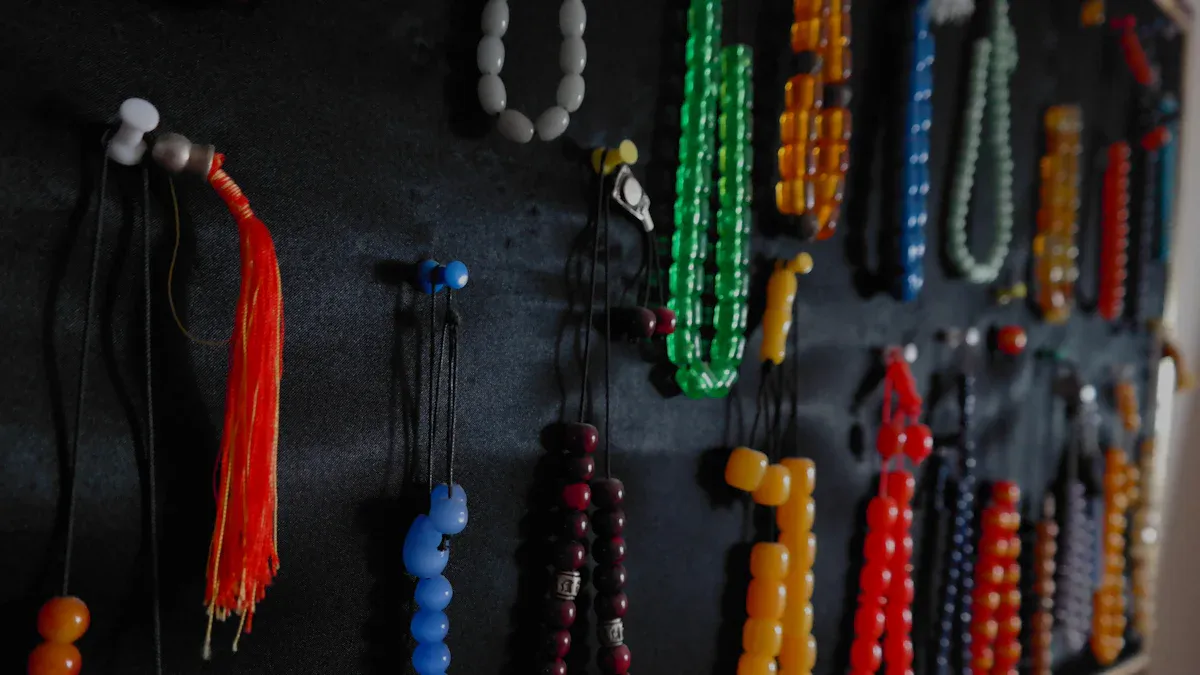
South Asia
Prayer beads are a big part of life in South Asia. Hinduism and Buddhism both use mala beads, but they mean different things. Hindu mala beads have 108 beads. This number stands for the whole universe. Buddhists also use 108 beads. For them, it means the passions you must overcome. Mala beads help you count prayers and mantras. They help you focus and think about your spiritual path.
Mala beads in South Asia link you to old traditions and help you practice mindfulness every day.
Here is how prayer beads are used in South Asian communities:
Aspect |
Description |
|---|---|
Role in Practice |
Used to count mantras and prayers in Hinduism and Buddhism. |
Purpose |
Helps you focus, be mindful, and meditate or reflect. |
Cultural Significance |
Very important in South Asian spiritual life, making routines more meaningful. |
Middle East
Prayer beads are very special in the Middle East. In Islam, people use misbaha or tasbih beads to count prayers. They also use them to remember the names of Allah. The misbaha has 99 beads. Each bead stands for a name of Allah. Tasbih beads have 33 beads for shorter prayers. Subha beads can have 99 or fewer beads for special prayers. Many families keep these beads as family treasures.
The 99 beads of the misbaha stand for the 99 names of Allah.
Using prayer beads shows your faith and devotion.
Families often keep prayer beads and pass them down.
The misbaha helps you count dhikr and remember Allah. The alif bead stands for the oneness of Allah. This makes the misbaha complete for spiritual use.
Prayer beads in the Middle East also show the Global Influence of bead-making. Roman glassware patterns are still used in Islamic beads. You see prayer beads near mosques, showing their place in religious life.
Type of Bead |
Description |
Symbolic Meaning |
|---|---|---|
Misbaha |
99 beads, for the names of Allah |
Symbol of faith and devotion, often passed down as heirlooms |
Tasbih |
33 beads, for shorter prayers |
Practical tool for counting prayers |
Subha |
99 or fewer beads, for specific prayers |
Represents connection to Allah |
Faturan |
Made from special plastic, prized by collectors |
Often considered a family heirloom |
Masbaha |
Decorative, common in Turkey |
Shows cultural importance in prayer |
Technique |
Origin |
Continuity |
|---|---|---|
Glassware Patterns |
Roman times |
Still used in Islamic bead-making and other places |
Europe
Prayer beads are found in many European traditions. The Christian rosary is the most well-known. The Catholic Church made the rosary official in 1569. People believe praying the rosary helped win the Battle of Lepanto in 1571. This led to the feast day for Our Lady of the Rosary. In 2002, Pope John Paul II added the Luminous Mysteries to the rosary. This shows that the rosary keeps changing.
Other Christian groups have their own prayer beads. Eastern Orthodox Christians use the Chotki. Lutherans, Anglicans, and Old Catholics also have their own beads. Prayer beads help you count prayers and focus on your faith.
Ancient Europeans used prayer beads before Christianity.
Some museums have beads that look like Assyrian Christian prayer beads.
Many cultures used things like prayer sticks to count prayers, showing a long history of using objects for devotion.
Africa and the Americas
Prayer beads in Africa and the Americas show the Global Influence of spiritual practices. The Masai people in Africa use beads to show culture and identity. Their language has over forty words for different beadwork. Beads show status, mark life events, and connect you to ancestors.
Native American beadwork is also spiritual. "Spirit beads" are mistakes added on purpose to honor imperfection. Beads remind you that nobody is perfect and everyone has their own journey.
Culture |
Significance |
|---|---|
Native American |
Beadwork is spiritual, with "Spirit beads" to honor imperfection. |
Masai |
Beads have deep meaning, with many words for different beadwork. |
You find many materials in African and Indigenous American prayer beads:
Material Type |
Cultural Significance |
|---|---|
Bone |
Connects to ancestors and spirituality |
Glass |
Stands for modern times and trade, used in fancy designs |
Coral |
Linked to protection and healing |
Seeds |
Means fertility and growth |
Feathers |
Shows status and spiritual connection |
Prayer beads in these cultures help you celebrate your heritage. They mark important moments and connect you to the spiritual world. You can see that beads mean much more than just decoration.
Modern Uses and Symbolism
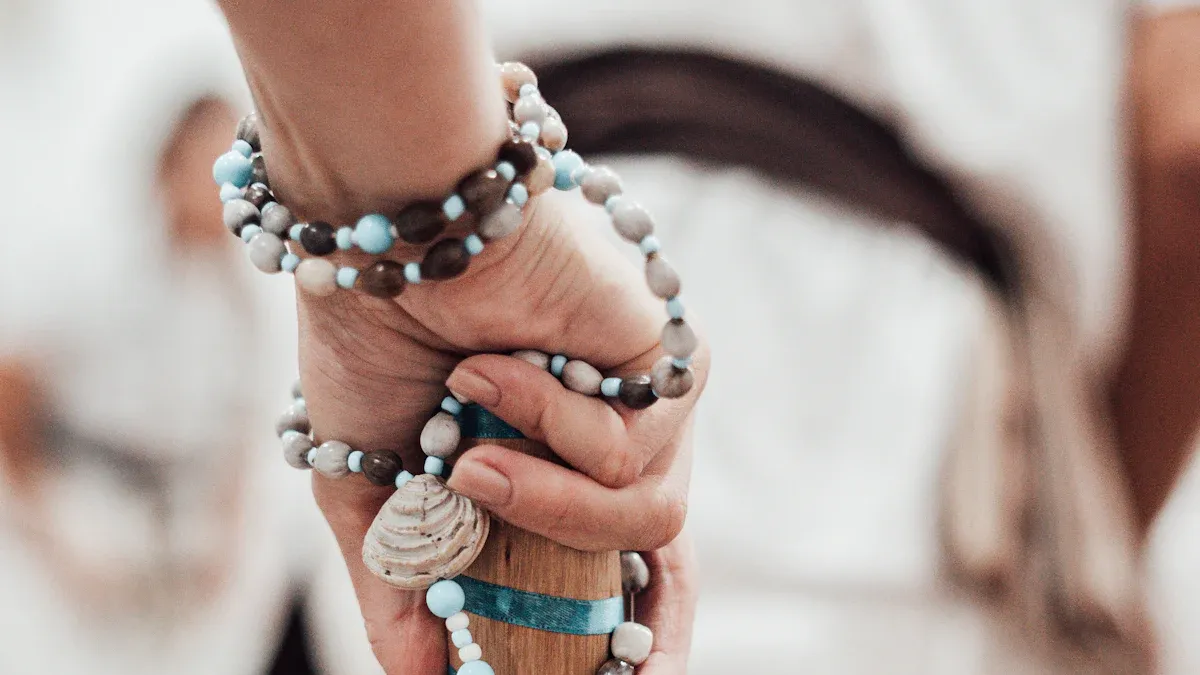
Secular and Mindfulness Practices
Today, prayer beads are used outside of religion. Many people use them for mindfulness and meditation. You might see someone counting beads or chanting a mantra. Some people use beads to stay calm during yoga or meditation. Others pick gemstone beads to help with healing or self-love. Worry beads can help with anxiety or sadness. You can also use beads to set goals or repeat positive thoughts.
Studies show worry beads can help you relax. Moving the beads over and over helps you focus and feel calm. This can lower your heart rate and blood pressure. Many people feel less stressed and more focused when using prayer beads for mindfulness.
In the last ten years, mala beads have become more popular. You now see them in yoga studios and wellness groups everywhere. People from many places use them to remember discipline and personal growth. This shows prayer beads have a big influence in modern life.
Artistic and Personal Expression
Prayer beads are also used in fashion and art. You might see rosaries made with bright gemstones like rose quartz or amethyst. Some people wear them as jewelry to show their beliefs or feel comforted. Designers make simple crucifixes and modern malas for more people, even celebrities.
Wearing prayer beads as accessories shows people want meaning and comfort in life.
Many people now make their beads fit their own style or beliefs. Mass-produced malas and rosaries mix old traditions with new fashion. This blend keeps prayer beads important in both spiritual and everyday life.
Prayer beads help people find meaning and feel connected.
Research shows prayer beads can lower sadness and boost kindness. They also help people feel calm inside.
-
Programs that include many faiths teach about different customs. They make everyone feel included.
“Touching the beads helped me pay attention. It also made me feel like I had support.”
Try learning about these traditions. You might find out what prayer beads mean to you.
FAQ
What are prayer beads used for?
You use prayer beads to count prayers, meditate, or focus your mind.
Many people find that beads help them feel calm and centered.
Can you use prayer beads if you are not religious?
Yes, you can use prayer beads for mindfulness, stress relief, or personal reflection. Many people use them in yoga or meditation.
